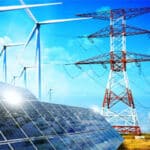
The ability of a renewable energy system to withstand high voltage disturbances and transients, a concept known as High Voltage Ride Through (HVRT), has emerged as a critical factor in ensuring the reliability and efficiency of solar power maintaining the stability of the power grid
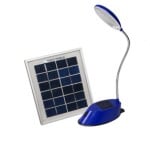
Pico solar systems use small scale photovoltaic panels for lighting and battery charging applications. There are still many people around the world who have no access to an electricity grid connection or require a portable energy source for camping or RV’s so pico solar systems can help in provide the essential energy required to fill this gap. Pico solar systems of only a few watts have experienced significant development in the past few years, combining very efficient LED bulbs with sophisticated charge controllers and energy efficient storage batteries providing power for lighting, phone charging or powering a radio
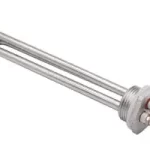
DC Water Heating elements can be used to heated up water with DC electricty from a PV panel or array. Low voltage resistive heating elements are available in a range of voltages and wattage ratings for off-grid applications ranging from a few hundred watts to many kilo-watts
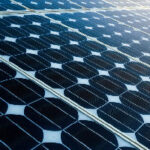
Photovoltaic solar panels can be connected in parallel to increase the current and therefore power output of a pv array. The current outputs of the panels add together but the panel voltages must be the same for maximum array efficiency. Connecting solar pv panels together of different voltage ratings is not recommended
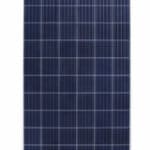
Photovoltaic solar panels require sunlight (irradiance) to generate power so understanding how to connect solar panels in series strings is important. Not everyone can purchase the same model solar panel so wiring different wattage solar panels in series will increase the voltage but reduce the current and power output. Series connected photovoltaic panels can be used to charge batteries, operate motors, or to power any number of electrical loads as the output voltage is higher compared to a single panel
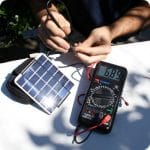
Measuring the output power of a solar panel, cell or array gives a better understanding of the systems power performance. One of the main disadvantages of solar panels as a renewable energy device is their lack of output power when there is no sun. The performance of photovoltaic solar panels can be determined by measuring the relationship between the panels voltage, current, and therefore power output under different meteorological conditions to determine the exact amount of electrical power available from a particular solar panel
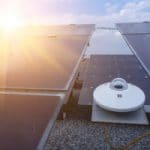
Solar Irradiance describes the total amount of sunlight per square meter that is available at any particular location on the Earth’s surface and is a major part in estimating the solar irradiation at a particular point required to design a sustainable energy system using photovoltaic solar panels. The performance of a solar photovoltaic panel depends on many factors, but the amount of solar irradiance in peak sun-hours during the day that the solar panels receive during the day is of major importance
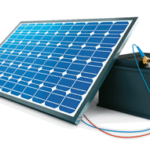
DIY solar power systems do not have to be large home built constructions as there are plently of plug ‘n’ play home solar kits available for all sorts of applications. Designing your diy solar power kit or system requires you to make a few decisions first, such as, do I want a grid-connected or an off-grid connected system, do I want or need storage batteries as part of my system, and what are my energy requirements or daily consumption
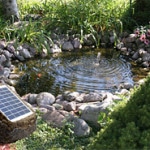
Solar gardens use the sun’s energy to power pumps, fountains and ornamental lights throughout the year. We all like to see our gardens full of plants and flowers during the day, but also illuminated at night aswell. A solar powered garden uses solar photovoltaic panels to turn the suns energy into electricity and then uses this energy to power elements of their garden, whether its lighting, fountains or the occasional garden gnome. Using the free solar energy in the garden a great way of going green. It is a safer, easier and cheaper way than installing mains powered electrical equipment around your garden
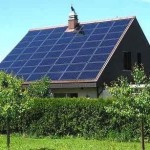
Solar panels produce electrical energy using photovoltaic cells.These photovoltaic or PV cells are made of semiconductor silicon based materials similar to those found in modern day computer chips. When the suns rays hit these silicon cells, it knocks electrons loose from their atoms to generate electricity as they flow through the cell. By improving the way in which the suns rays are absorbed by a PV cell using tracking, collectors or new materials solar panels are able to collect solar power more effectively improving a systems performance